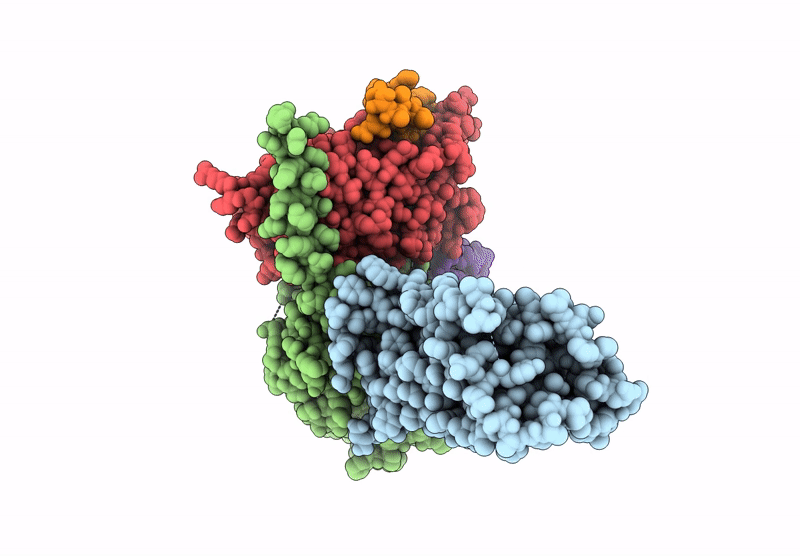
Deposition Date
2025-03-10
Release Date
2025-05-14
Last Version Date
2025-08-06
Entry Detail
PDB ID:
9NOX
Keywords:
Title:
Transmembrane domains of the human TAS1R2 sweet receptor subunit in complex with miniGs/gust25
Biological Source:
Source Organism:
Homo sapiens (Taxon ID: 9606)
Lama glama (Taxon ID: 9844)
Lama glama (Taxon ID: 9844)
Host Organism:
Method Details:
Experimental Method:
Resolution:
3.00 Å
Aggregation State:
PARTICLE
Reconstruction Method:
SINGLE PARTICLE


